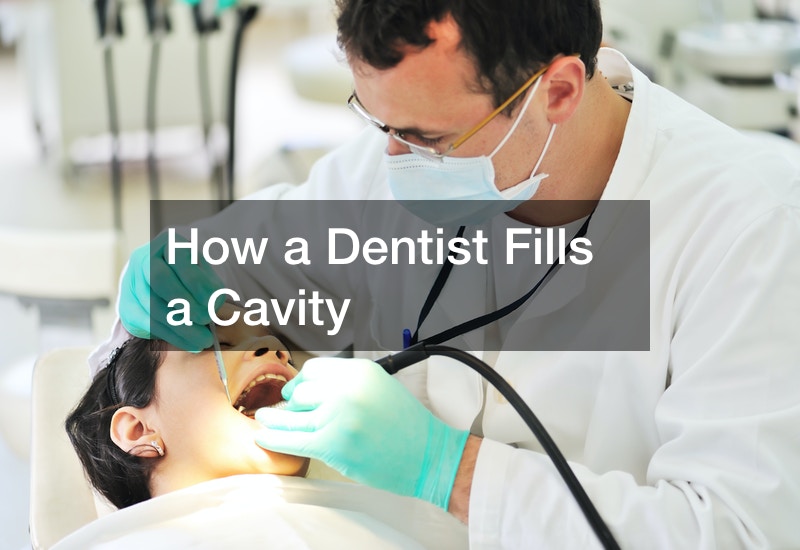
When it comes to replacing a missing tooth, it’s essential to explore various options and carefully consider each one’s pros, cons, and individualized factors. From fixed partial dentures (FPD) to dental implants and removable partial dentures (RPD), the choice can significantly impact oral health, aesthetics, and overall well-being. Let’s delve into each option and the key considerations associated with them.
Fixed Partial Dentures (FPD) or Bridges
Fixed partial dentures, commonly known as bridges, offer a traditional solution for replacing missing teeth. In this approach, adjacent healthy teeth serve as abutments, supporting the pontic (artificial tooth) between them.
While FPDs provide a fixed and permanent option, they require grinding down the adjacent teeth to accommodate the crowns, which can weaken the natural tooth structure and increase susceptibility to dental issues like decay and sensitivity.
Resin-Bonded Bridges
Resin-bonded bridges, also known as resin-reinforced bridges, present a minimally invasive alternative to traditional bridges. These bridges utilize wing-like extensions bonded to adjacent teeth with dental adhesive, requiring minimal preparation. While they offer aesthetic benefits and are less invasive, they may not be suitable for posterior teeth due to occlusal forces and require careful case selection and technique sensitivity.
Dental Implants
Considered the gold standard in tooth replacement, dental implants provide a permanent and natural-looking solution. Implants involve the surgical placement of titanium screws into the jawbone, onto which a crown is later affixed. Unlike bridges, implants do not rely on adjacent teeth for support, preserving their integrity. However, implant candidacy depends on factors such as overall health, bone quality, and lifestyle habits, and they require meticulous care and a longer treatment timeline.
Removable Partial Dentures (RPD)
RPDs offer a non-invasive and cost-effective option for replacing missing teeth. These removable appliances consist of an acrylic base with artificial teeth, which can be easily inserted and removed by the patient. While RPDs are less expensive and do not require surgery, they may not provide the same stability and chewing efficiency as fixed options. Additionally, they can contribute to bone resorption over time and require regular maintenance.
Key Considerations for Choosing the Right Option
- Health Status: Patient health, including factors like diabetes, smoking habits, and bone density, plays a crucial role in determining candidacy for certain treatments. Conditions like uncontrolled diabetes or smoking can hinder healing and increase the risk of implant failure.
- Bone Quality: Adequate bone height and width are essential for successful implant placement. Patients with insufficient bone may require additional procedures like bone grafting or sinus lifts to support implants effectively.
- Aesthetic Concerns: Each replacement option offers varying levels of aesthetic appeal. While implants closely mimic natural teeth, bridges and dentures may provide satisfactory aesthetics depending on individual preferences and needs.
- Longevity and Maintenance: Consider the longevity and maintenance requirements of each option. While implants offer long-term durability, they require ongoing oral hygiene and regular dental visits for optimal care.
- Financial Considerations: Cost is a significant factor in decision-making. While implants may have a higher upfront cost, they can be more cost-effective in the long run due to their longevity and reduced need for replacement.
Prioritizing Consultation and Lifestyle Modifications
Consultation with a dental professional is paramount when considering tooth replacement options. Dentists can assess individual needs, discuss treatment alternatives, and provide personalized recommendations based on oral health status, bone quality, and aesthetic preferences. Patients should actively participate in these discussions, asking questions, expressing concerns, and understanding the implications of each option.
Moreover, lifestyle modifications may be necessary to optimize treatment outcomes. For instance, individuals who smoke or use tobacco products may need to quit or reduce their usage to enhance healing and reduce the risk of complications, particularly with dental implants. Similarly, maintaining good oral hygiene practices, such as regular brushing, flossing, and attending dental check-ups, is crucial for the long-term success of any tooth replacement solution.
Additionally, patients should be mindful of their dietary habits and chewing behavior, especially following tooth replacement procedures. Dentists may recommend avoiding hard or sticky foods that could damage dental restorations or increase the risk of complications. Adopting a balanced diet rich in nutrients can also promote overall oral health and support the longevity of dental implants, bridges, or dentures.
The Bottom Line
Choosing the right tooth replacement involves careful consideration of individual factors, including health status, bone quality, aesthetic preferences, and financial considerations. Consulting with a dental professional and discussing the available options can help patients make informed decisions that promote oral health and overall well-being. Whether opting for a fixed bridge, dental implant, or removable denture, prioritizing long-term success and patient satisfaction is crucial.
.





